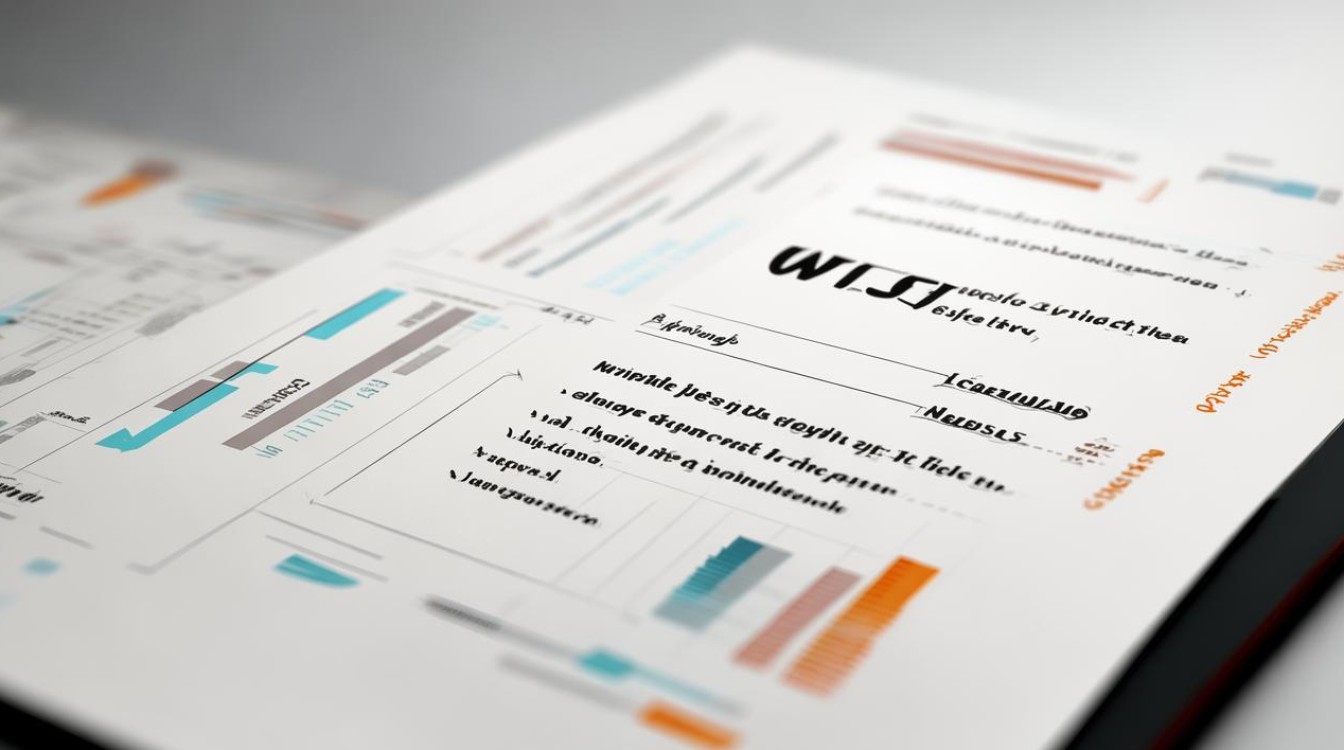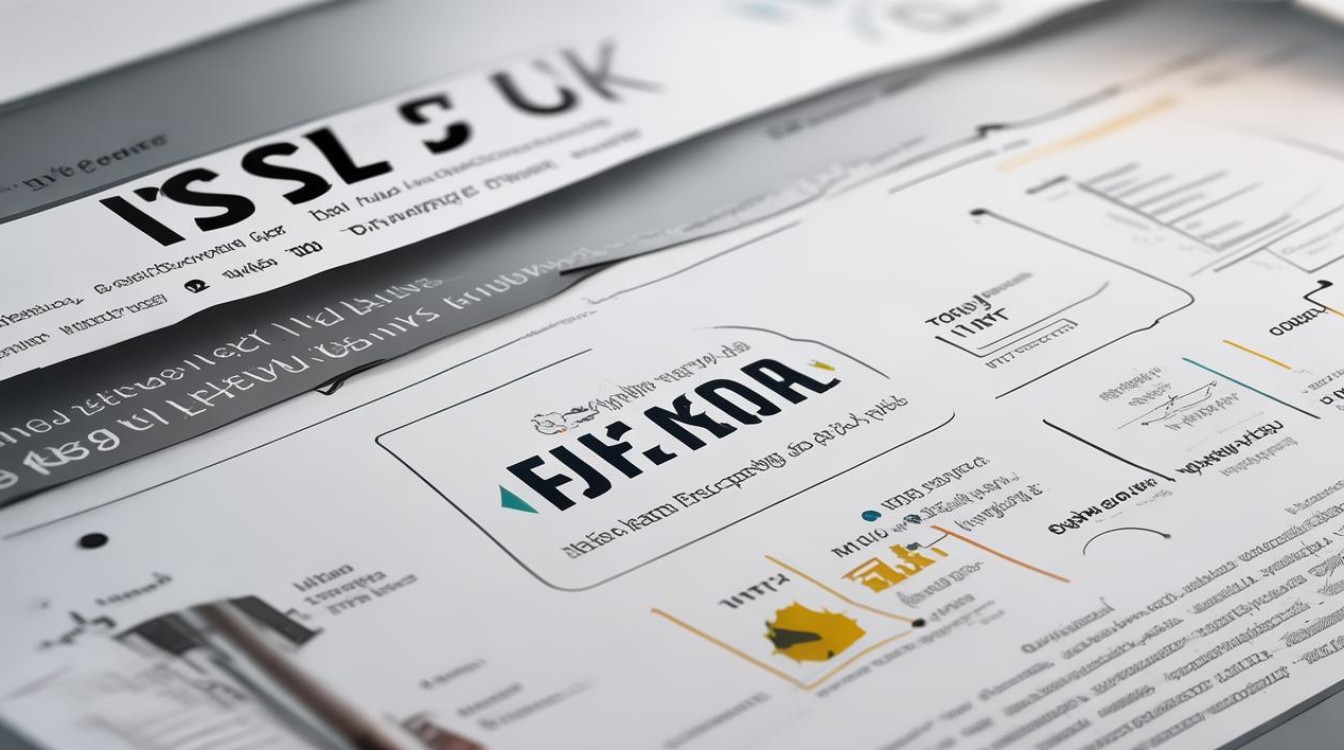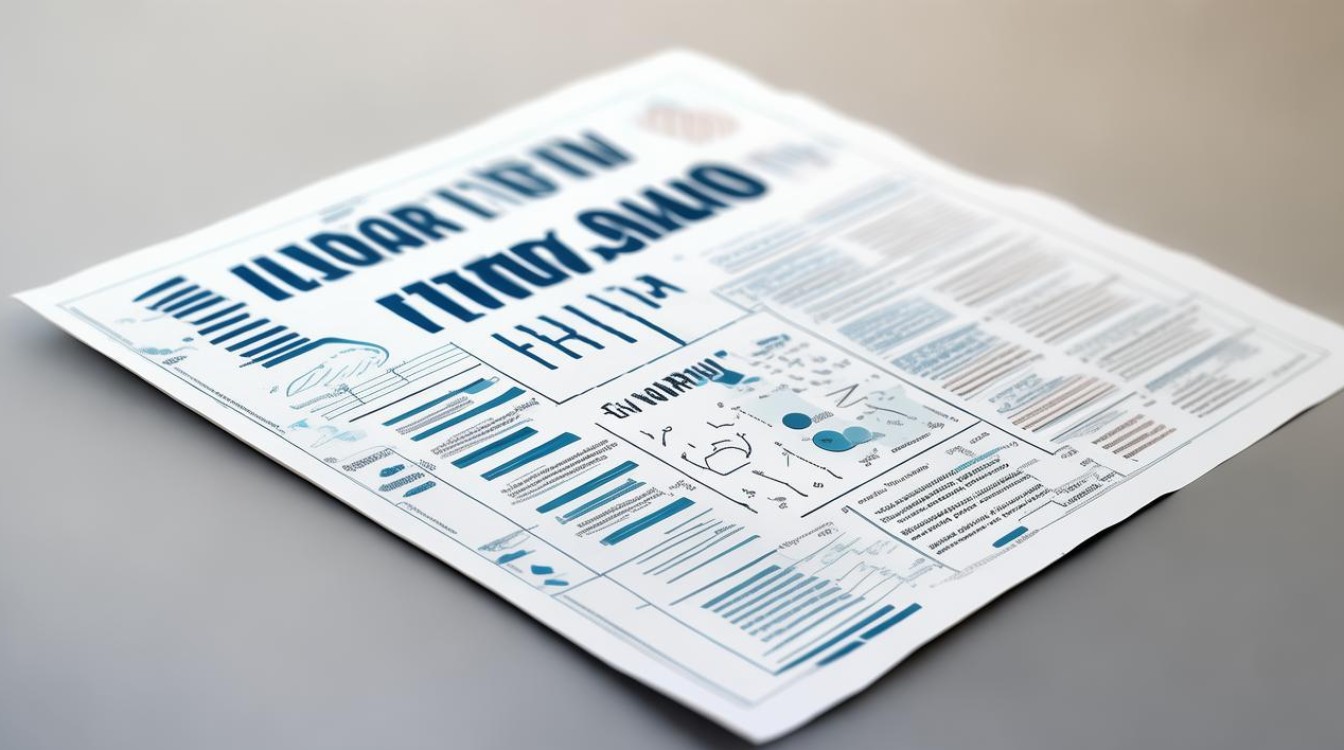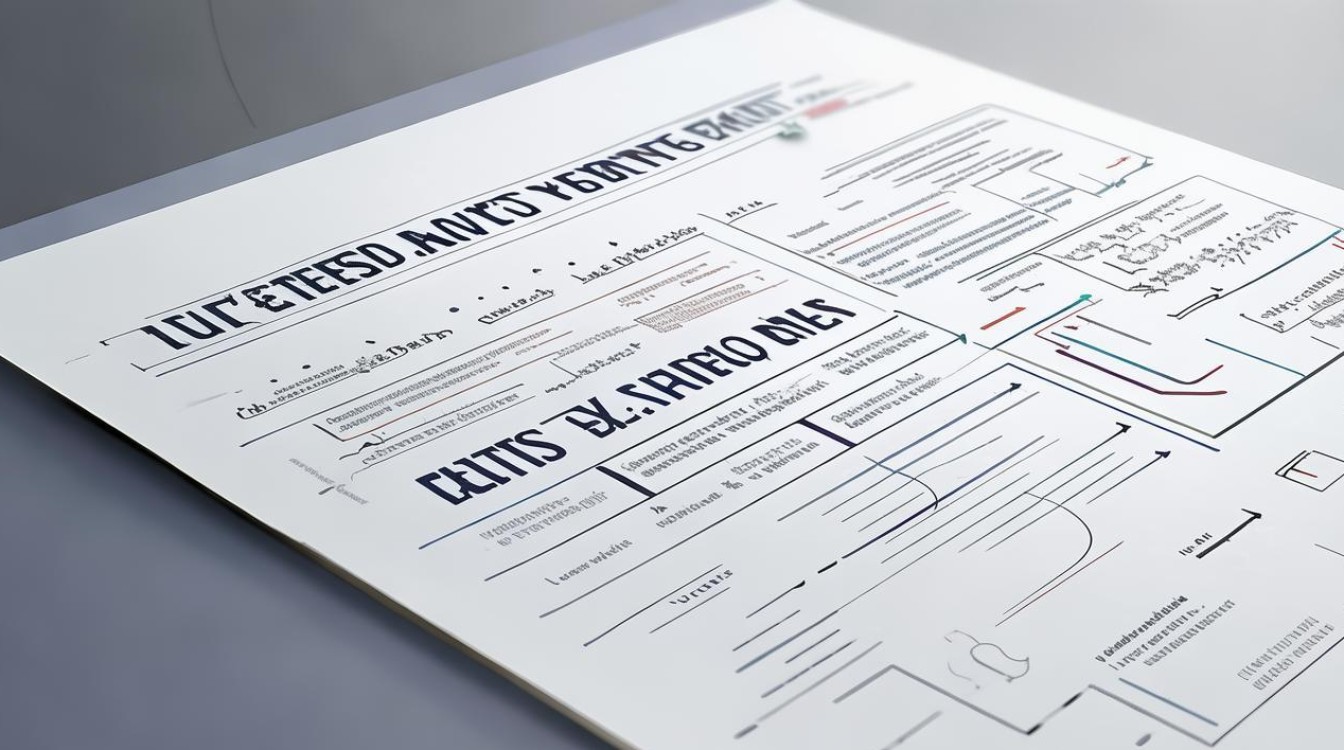雅思写作Task 1要求考生在20分钟内完成一篇150字以上的图表描述作文,许多考生认为这部分比大作文简单,但想要拿到高分,仍需掌握特定技巧,本文将系统讲解如何高效分析图表、组织语言并提升表达精准度,帮助考生在短时间内写出符合评分标准的高分作文。

快速读懂图表信息
面对柱状图、线形图、饼图或表格时,考生需在1-2分钟内完成信息提取,建议采用“三要素定位法”:
-
横纵坐标定位
- 柱状图/线形图:先看横轴(时间、类别)和纵轴(数值单位),注意是否有双纵轴
- 饼图:关注图例与百分比对应关系
- 表格:重点比较行/列最高值与最低值
-
极值捕捉
所有图表都包含峰值(peak)、谷值(trough)或占比最大/最小的数据点,这些往往是描述重点,例如2015年某品牌市场份额突然跃升35%,或某地区GDP增长率跌破2%。 -
趋势识别
线形图重点关注:- 持续上升(a steady climb)
- 波动(fluctuations between...and...)
- 平台期(a plateau at...)
混合图表则需注意数据间的关联性,如“当A下降时B呈现同步下滑”。
结构化写作框架
高分作文通常采用“总-分-总”结构,段落分配建议:

开头段(1句改写题目+1句核心特征)
The line graph illustrates changes in carbon emissions across four European countries from 1990 to 2010, with Germany consistently producing the highest levels throughout the period.
段(2-3句核心趋势)**
Overall, while Germany and the UK showed declining trends after 2000, France and Spain experienced gradual increases. The most dramatic shift occurred in the UK, where emissions dropped by nearly 25% within a decade.
细节段1(主要特征+数据支持)
In 1990, Germany's emissions peaked at 1.2 million tons, doubling France's figure. Over the next 20 years, despite fluctuations, it maintained dominance although eventually decreasing to 0.9 million tons by 2010.
细节段2(次要特征或对比)

Conversely, Spain demonstrated the steepest growth rate, starting as the lowest emitter (0.3 million tons) but surpassing France in 2005. The gap between these two nations narrowed to just 0.05 million tons by the end.
精准语言表达
数据描述多样化
避免重复使用“increase/decrease”,可替换为:
- 动词:surge, plummet, stabilize, triple
- 名词:a twofold rise, a marginal dip, a 10% contraction
- 短语:hit a record high, bottom out at, level off
比较句型升级
基础:Country A was higher than Country B
进阶:
- 倍数:Germany emitted three times as much CO2 as Spain
- 差距:The difference between urban and rural figures widened to 15%
- 占比:Renewable energy accounted for 40% of total production
时态准确运用
- 过去时间段:用一般过去时(In 2000, sales stood at...)
- 无时间标注:用一般现在时(The chart shows...)
- 预测趋势:用将来时或情态动词(Demand is projected to reach...)
常见失分点规避
- 数据误读:将“percentage change”误认为“actual value”,如把“a 50% increase”直接写成“50 units”
- 过度描述:机械罗列每个数据点,忽略趋势概括
- 主观评论:出现“I think”“This is surprising”等非客观表述
- 单位混淆:将“million”写成“billion”,或漏写“%”“kg”等关键单位
实战案例拆解
The table below shows water usage for three purposes in four countries (2020).
| Country | Agriculture | Industry | Domestic |
|---|---|---|---|
| A | 70% | 20% | 10% |
| B | 40% | 45% | 15% |
| C | 85% | 5% | 10% |
| D | 30% | 50% | 20% |
高分范文节选:

The table compares water consumption patterns across four nations in 2020, revealing stark contrasts in agricultural versus industrial usage. Country C depended most heavily on agriculture (85%), whereas Country D allocated half its water to industrial activities—the highest proportion among all. Domestic use remained relatively stable at 10-20% in all regions.
Notably, Countries A and C mirrored each other in dedicating minimal resources to industry (20% and 5% respectively), while B and D demonstrated more balanced distributions between agriculture and manufacturing sectors. The disparity between extreme cases was striking: agricultural water in Country C exceeded that of Country D by 55 percentage points.
通过系统训练,考生可逐步培养“数据敏感度”与“结构化思维”,建议每日分析1-2个官方真题图表,先口头描述再限时写作,最后对比考官范文修正表达,雅思小作文本质是信息重组能力的测试,精准度永远比词汇华丽更重要。

